No matter if you love combat or role play, homebrew or published adventure, or use RAW or "rule of cool" we all have one thing in common. We rely on our dice. The one thing that can massively effect your experience at the table in bad dice rolls.
Seriously. There’s nothing worse than being unable to get an ability score above a 12 or never rolling higher than a 4 on an attack. When you’re getting terrible rolls, the game can lose a lot of its joy (particularly for kids or first timers). So, have you offended the spirit of Gary Gygax? Is it you’re your bad aura? Do dice hate you? Probably not.
But…it might be time to change your dice. I know that you love your dice, even if they treat you bad, but it’s time for them to go and I’m about to show you why.
Dice aren’t really “good” or “bad.” Rather, they’re balanced or unbalanced. This means that they can have internal flaws that are messing you up. How can you tell?
A saltwater balancing test.
What is a saltwater balancing test? It’s exactly what it sounds like—dropping dice in saltwater and seeing what happens. Golfers have been doing them for years to check for imperfections and weird spin in their golf balls, and if they can do it, we can too. This test reveals unseen imperfections, inclusions, or air bubbles inside a die. Here’s how to do it.
1) Fill a narrow cup or small mason jar with 1/3 of a cup of hot water.
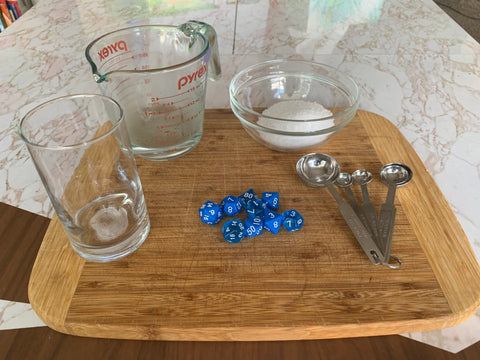
2) Slowly add 6 tablespoons (yes, tablespoons) to the water. Make sure to vigorously stir the salt in while you pour.
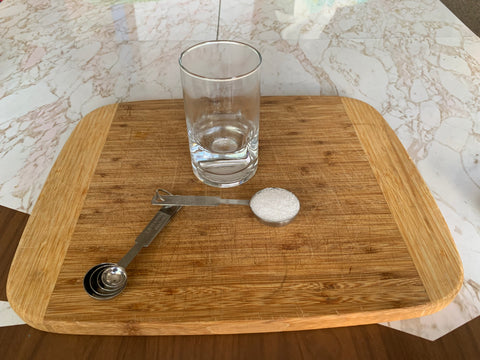
3) Your goal is supersaturation. You’ve achieved it once you can’t get any more salt to dissolve.
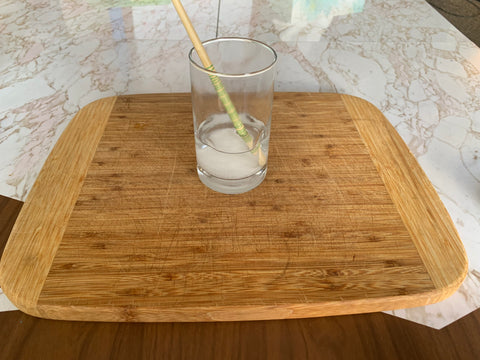
4) Place your die into the mixture. It should float fairly close to the surface on the saltwater. If it sinks, stir more salt in and try again.
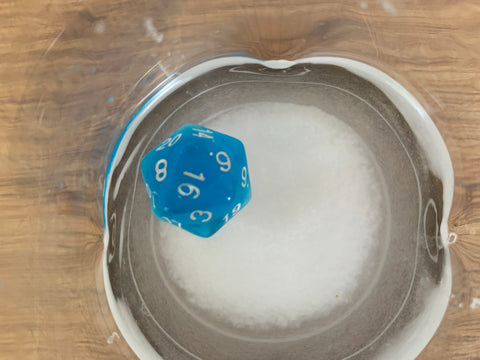
5) With a finger, chopstick, or pencil flick the die so it spins freely. After it comes to a rest, note the number and flick it again. Do this a few times for a d6, d12 and especially a d20.
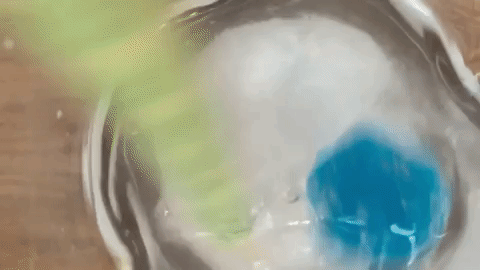
Balanced
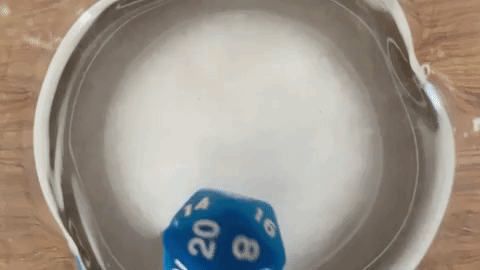
Unbalanced
A die should show a different number on top almost every time. If the same number or two are consistently showing on the top of the die, you have found the imperfections and you know you have a bad die.
This test has some limits. It won’t work with metal or other extra-heavy dice. It also can’t detect external imperfections like slight warping in die faces.
I’ve been selling dice for a while and I’ve noticed that clear or translucent dice are more likely to be balanced. There are 2 reasons for this. 1. It’s easy to see if the die is well-formed internally by looking, so dice manufacturers are more careful with clear products. 2. Clear dice are made from one material all the way through, while solid dice can be filled with a variety of materials which can affect the balance.
Don’t wait! You owe it to yourself and your table to check your dice. Stop being the one who can't roll above a 4 and become a productive member of the party again.
P.S. Dice off balance? Need new dice, but not sure where to buy and not ready to pay high dollars? Check out my True Roll Dice. They are always translucent and I’ve literally seen them change the course of a game.
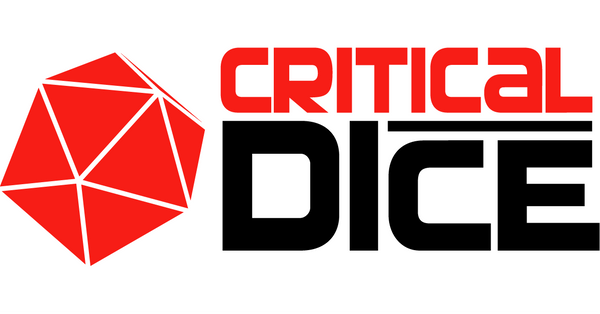


6 comments
I’ve read about this test before, but now you’ve got me curious about all my die. This might take awhile!!